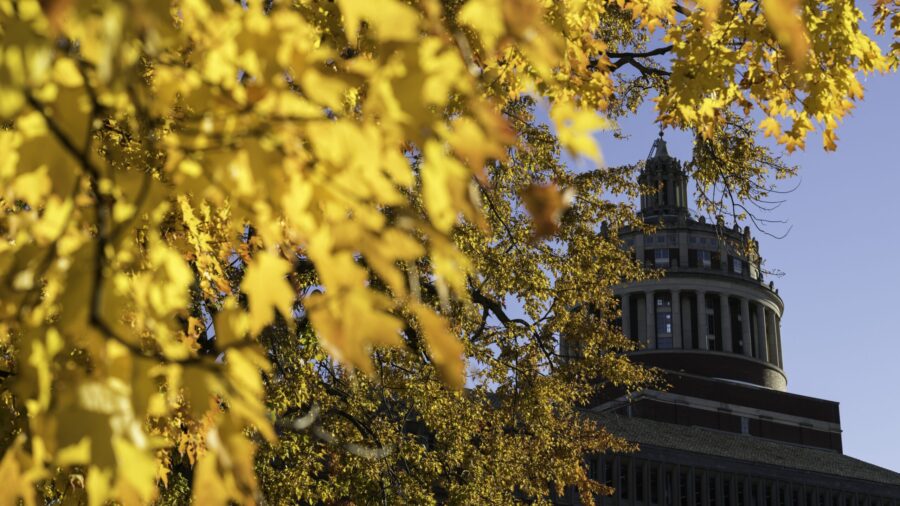This past fall semester, leaders from sustainability-focused student organizations formed an undergraduate sustainability council, a reinstatement of a student-led movement dating back fifteen years. Now an official entity within the undergraduate Students’ Association (SA), the council empowers leaders to work collaboratively on their shared missions and advance sustainability as a priority across the University.
When did the council first form? In 2009, undergraduate student Megan Dewitt ‘12 founded what was then known as the student sustainability council. Led by environmental student groups, the goal was to implement a formal tie between the student body and administration on issues relating to sustainability on campus. In 2012, the Council’s focus shifted to improve communication between the student groups involved and the role of working with administration was designated for the student sustainability coordinator, a role established at the time by SA.
In the spring 2023 semester, increased student sustainability led to a re-imagined council, made up of representatives from different sustainability-related groups. The coalition model, first proposed by Grassroots’ Programming Chair Lara Sullivan ‘23 and SA’s Secretary of Sustainability Sage Arnold ’25, would enable better coordination of events and increase students’ ability to take on larger efforts.
In the 2023 fall semester, Secretary of Sustainability Carmen Marshall ’25, along with Senator Cherry Su ‘27 and Deputy Chair of Campus Life Jayce Pak ’26, sponsored the “Continuing LEAF Act” which formalized the secretary of sustainability position and its duties. The Act, co-sponsored by SA President Daniel Pyskaty ‘25, states that the secretary of sustainability will advocate for environmental initiatives within the University and communicate with student organizations and University departments on environmental concerns. They will also advise members of SA’s executive and legislative branches on any University related environmental initiatives or concerns.
Willow Nagai ‘26 is currently serving as the secretary of sustainability while Marshall is studying abroad this spring semester. As noted by Nagai, sometimes groups would plan similar events around the same time without knowing what others are working on. She is hopeful the use of online communication technology will encourage collaboration and more effectively support the promotion of events and campaigns. Nagai also hopes student leaders in the council will now be able to voice concerns or ideas about sustainability issues at the University. She hopes the secretary of sustainability can help be the link between these groups and SA. “I see the undergraduate sustainability council as the platform,” she said, “and the secretary of sustainability is the liaison between student voices for sustainability and SA.”
Nagai is helped by two appointed Deputy Secretaries of Sustainability, Aidan Flanders ‘27 and Julia Dubey ‘27, both of whom are first-year EcoReps. The three of them work as a collaborative team making sure all relevant meetings are attended by at least one of them and emails are drafted and sent. All three students have different sustainability issues they are focusing on from energy consumption in residence halls to sustainable food sourcing.
Nagai is excited by what’s ahead for the council, including plans to host a sustainability town hall this April. The event will bring together SA leaders, student groups, professors, and staff to share ideas, concerns, and event plans with other sustainability-minded people at the University.
Meetings for the undergraduate sustainability council are expected to be held at minimum once a semester with the leaders of environmental organizations on campus, including Grassroots, EcoReps, Society of Earth and Environmental Science Students, Greenspace, Sustainability Through Engineering, and students working for Facilities Team Green and Dining Team Green.
Written by Sarah Woodams ‘24(T5)
Photo by J. Adam Fenster / University of Rochester

